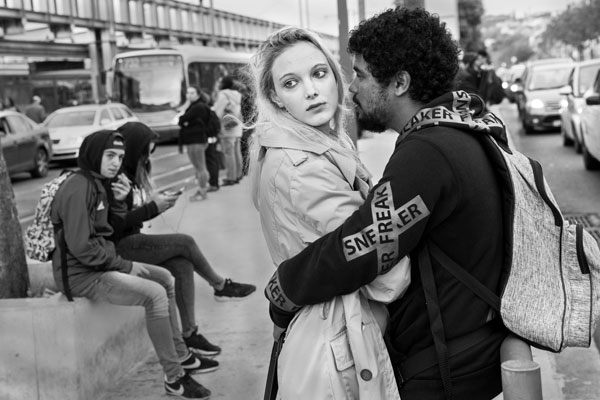Some Known Facts About Framing Streets.
Table of ContentsSome Known Factual Statements About Framing Streets Framing Streets for DummiesThe Best Strategy To Use For Framing StreetsTop Guidelines Of Framing Streets

Both at the Museum of Modern Art (Mo, MA). Motivated by Frank, in the 1960s Garry Winogrand, Lee Friedlander and Joel Meyerowitz started photographing on the streets of New York. Phil Coomes, composing for BBC Information in 2013, stated "For those people interested in street photography there are a couple of names that stand out and one of those is Garry Winogrand"; movie critic Sean O'Hagan, creating in in 2014, stated "In the 1960s and 70s, he defined road digital photography as an attitude in addition to a design and it has actually laboured in his shadow ever before considering that, so clear-cut are his pictures of New York." Going back to the UK in 1965 from the US where he had met Winogrand and embraced road photography, Tony Ray-Jones transformed a wry eye on frequently unique groupings of British people on their vacations or participating in events.
Road digital photography is a large genre that can be defined in many methods, but it is frequently identified by the spontaneous recording of an unrepeatable, short lived moment, often of the day-to-day going-ons of complete strangers. It is typically shot with broader angle lenses (e. g. 35mm) and normally features city atmospheres.
Unknown Facts About Framing Streets
Documentary photographers usually have a defined, conscious message and an intent to videotape certain occasions in background (https://www.blogtalkradio.com/framingstreets1). The gamut of the documentary approach incorporates aspects of journalism, art, education and learning, sociology and history. In social investigation, docudrama pictures are typically planned to provoke, or to highlight the demand for, societal modification
Road digital photography is typically seen as unposed and honest, yet there are a few road digital photographers that communicate with strangers on the roads and take sites their pictures. Street pictures are unintended pictures taken of complete strangers while out doing road photography, however they are viewed as posed since there is interaction with the topic.
e. 'candid digital photography' necessarily) for great art functions has been questionable. Photographing people and locations in public is legal in the majority of countries protecting freedom of speech and journalistic freedom. There are normally limitations on just how images of people might be utilized and most countries have details laws pertaining to individuals's privacy.
Some Ideas on Framing Streets You Should Know
While the common-law districts follow the United Kingdom, with regard to the flexibility to take pictures in a public location, Quebec law gives that, in a lot of circumstances, their magazine can happen only with the authorization of the subjects therein. The European Union's Civil rights Act 1998, which all EU countries have to promote in their domestic regulation, establishes in a right to personal privacy. The right to personal privacy is shielded by Short article 8 of the convention. In the context of photography, it stands up in arms to the Short article 10 right of freedom of speech. Courts will generally take into consideration the public interest in stabilizing the rights with the lawful test of proportionality. While also restricting photography in order to safeguard personal privacy rights, road digital photography can still be lawful in France when sought as an art form under certain conditions.

. that simply roamed into a scene), or who are not even recognizable in the picture. https://myanimelist.net/profile/framingstreets1. It additionally does not typically encompass individuals who are public figures (e. g - Street photography. politicians or celebs). If a picture is considered art, the courts will certainly likewise think about the digital photographer's flexibility of creative expression; meaning that "artistic" street photography can still be legitimately published in certain instances
Framing Streets Things To Know Before You Buy
Photographing the police and releasing the photographs is likewise lawful.
In Hungary, from 15 March 2014 anyone taking pictures is practically breaking the legislation if a person wanders into shot, under a new civil code that bans taking photos without the consent of everybody in the photograph - Best Zoom Lens. This increases the regulation on grant include the taking of photos, along with their publication
'Hidden digital photography' (kakushidori hidden, surreptitious digital photography) 'stolen digital photography' (nusumitori without any intent of obtaining permission) and "fast photography' (hayayori before authorization and refusal can be offered) are restricted unless in the former permission is acquired from the subject promptly after taking the picture. Individuals have civil liberties to their photos (shzken, droit de picture).